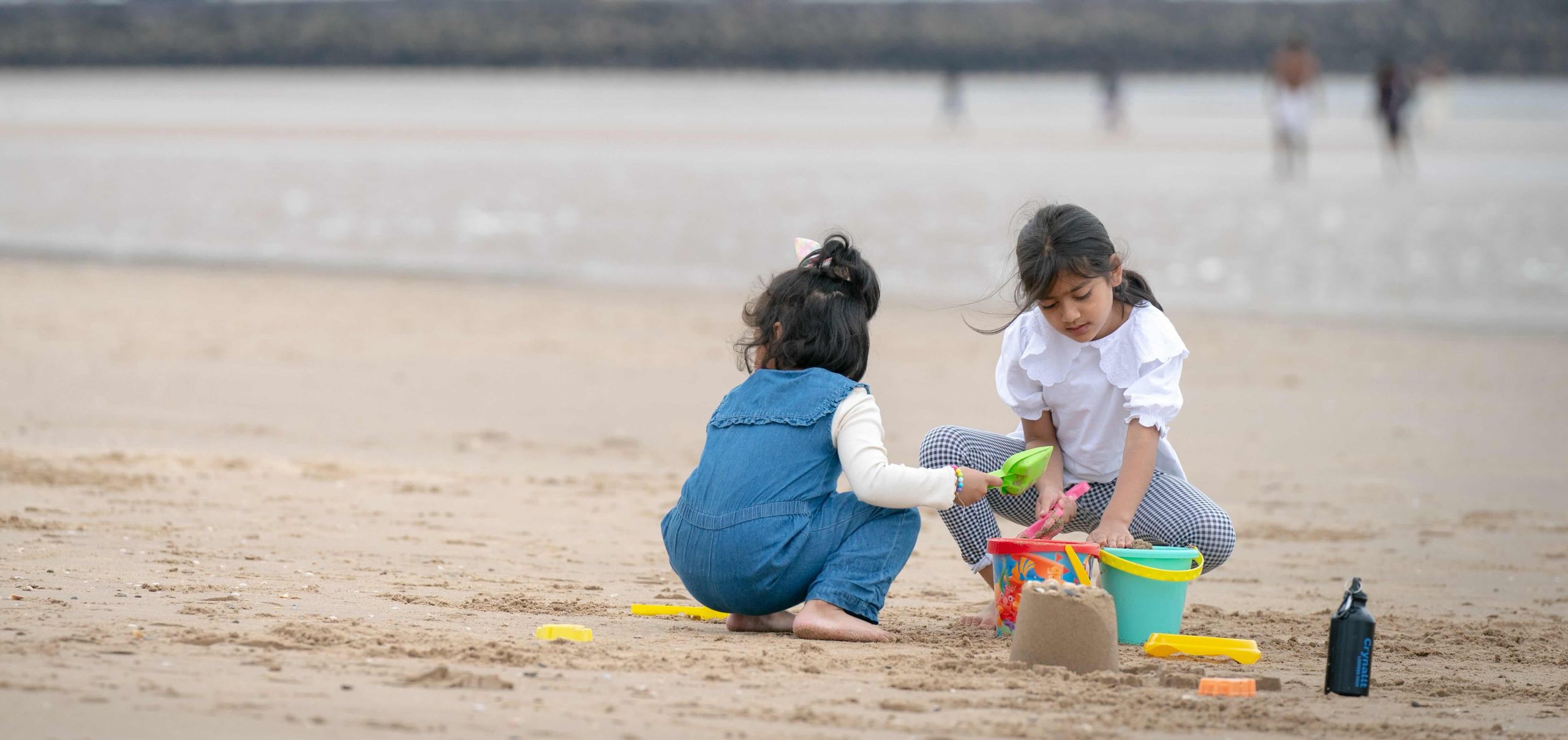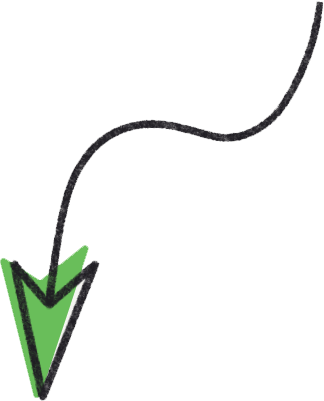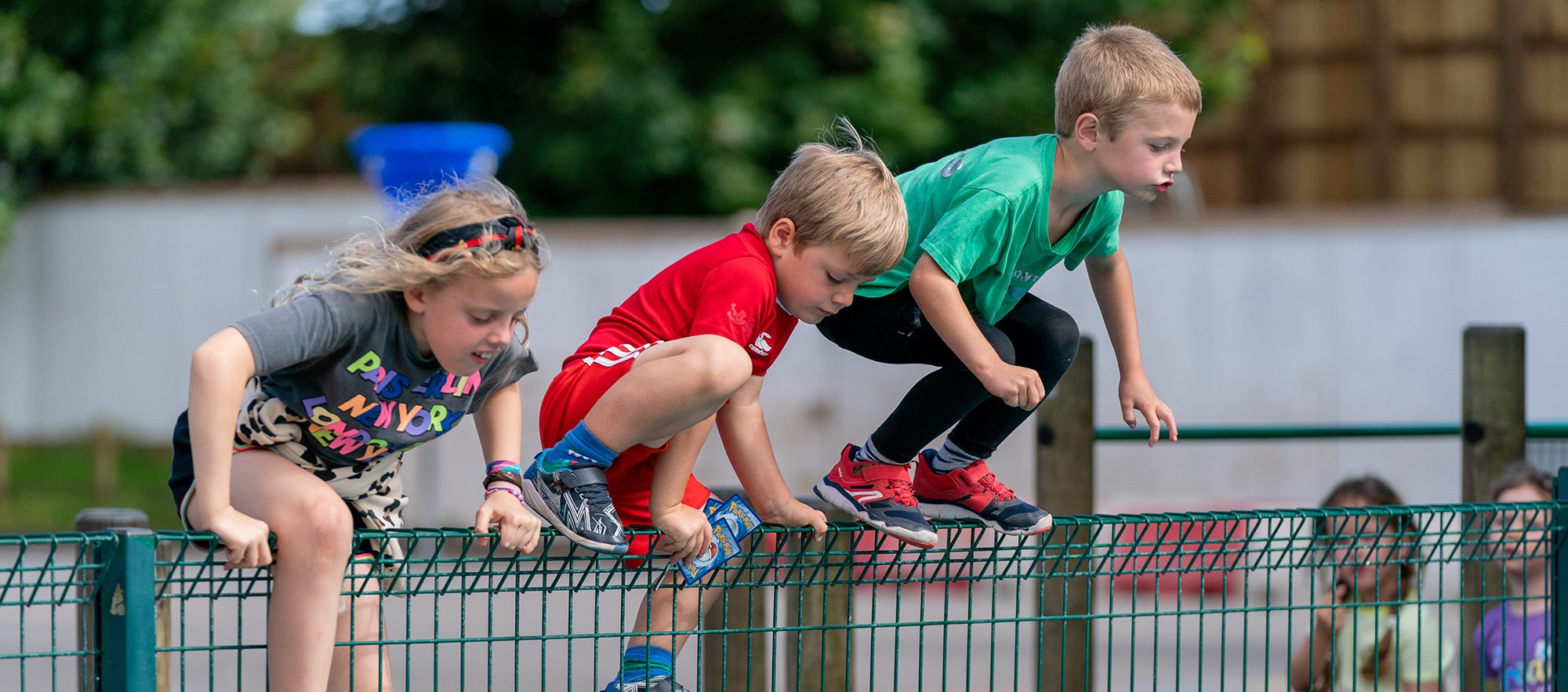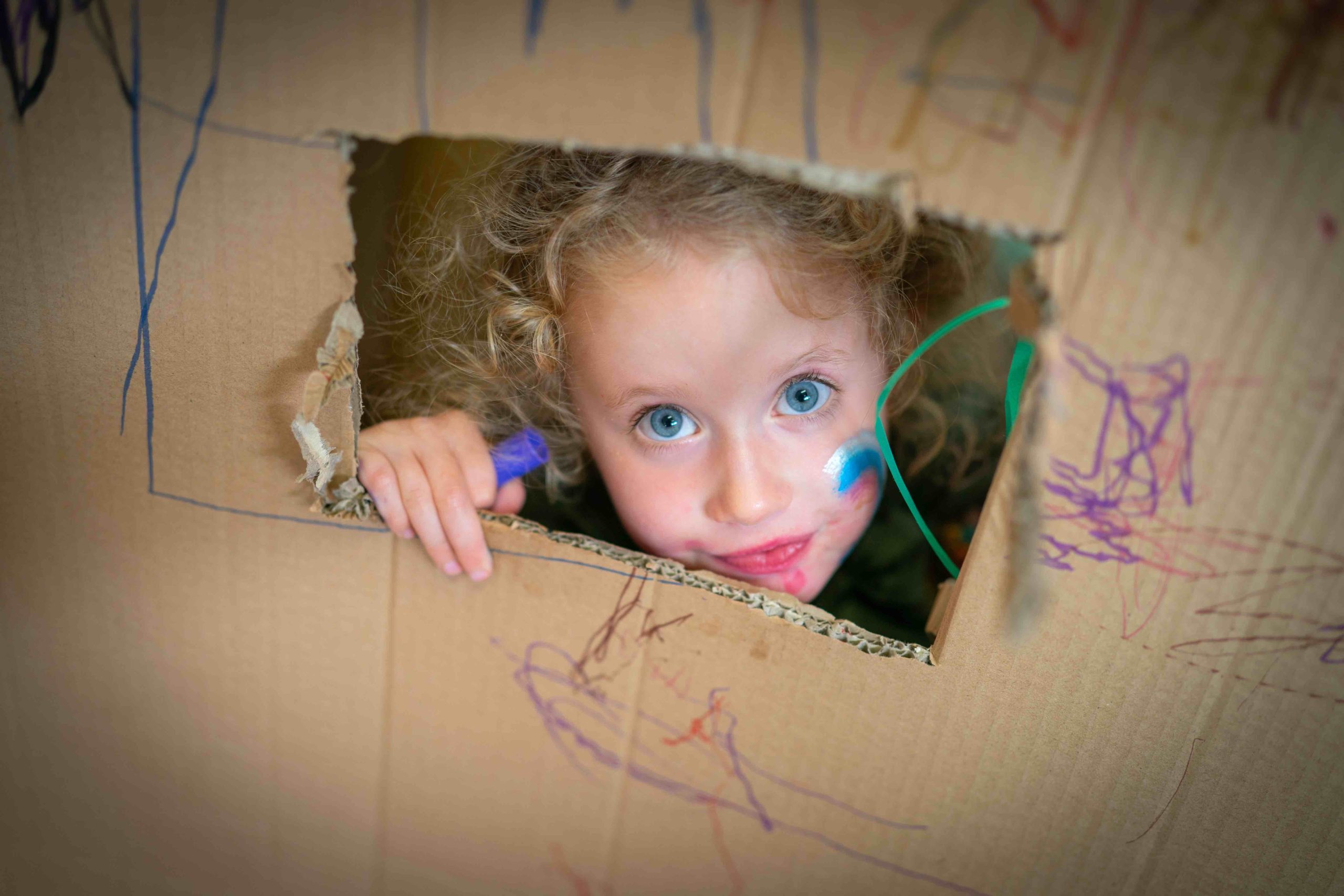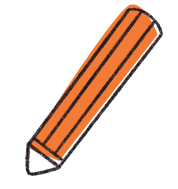Play Ideas
How to deal with construction and destruction play
Most of us enjoy watching our child make things when they’re playing. But sometimes they destroy the things they’ve made and we may find this frustrating.
Construction and destruction are both normal ways of playing. A good example is playing on the beach – it’s fun to build a sandcastle, but it’s also fun to jump on it afterwards and squash it flat. Another good example is building a fire: it’s great to build it, but the whole point is to set fire to it and let it burn until nothing’s left.
When your child is playing, it often involves experimenting with a range of materials to make something. For your child, the end product is often not the main point. The fun part is the actual making and doing.
Construction play can be big or small, for example:
- Small – making a daisy chain or junk model
- Big – making a den or an obstacle course.
Destruction can include:
- Smashing up cardboard boxes
- Soaking something in water until it falls apart
- Burying things
- Setting something on fire
- Cutting something up.
The benefits of construction and destruction play
- They are linked to children’s curiosity and problem solving.
- They help children understand their environment.
- They allow children to feel their own power to make things and also to destroy them.
- They help children understand that they have a relationship with things and with the life going on around them.
- They can help children release emotions in a safe way – for example, anger or frustration.
Things that may concern parents
It can be upsetting to see your child scribbling over a beautiful drawing or smashing up something they’ve made.
Tips for dealing with this type of play
- Remember that this is part of a powerful learning process for them – this may help you let it go.
- It’s okay to rescue artwork sometimes – for example, when you would particularly like to keep it to display or treasure.
- Stuff you have around the house and garden is good for this type of play – for example, basic craft materials and junk.
- Depending on the age of your child and what you know about their abilities, you may decide to keep a close eye on them, or you may supervise them at more of a distance.





